Berchtesgaden National Park is Germany’s only national park in the Alps, where emerald lakes like Königssee shine below rugged mountain peaks and wild forests thrive. I still remember the first time I saw those dramatic cliffs rising from the glassy water.
Sunlight sparkled on the lake’s surface. Clouds floated around the mighty Watzmann Mountain, making the entire scene feel almost unreal.
Every visit brings something new. Well-marked trails pull me through deep valleys, lush meadows, and woods that always seem full of life.
I’ve watched alpine ibex climb steep rocks and spotted the bright domes of St. Bartholomew’s Church from a peaceful boat ride. There’s something here for every outdoor lover, honestly.
Whether I’m hiking, gliding across Königssee on an electric boat, or just breathing in that crisp Bavarian air, Berchtesgaden feels like an Alpine paradise. The trails are rarely crowded, the lakes are clear, and the peaks are always calling me back.

Enchanting Landscapes: Emerald Lakes of Berchtesgaden
Berchtesgaden National Park is packed with clear alpine lakes, dense forests, and rugged peaks. Exploring these emerald waters feels like stepping into a world carved by glaciers.
Wildlife thrives here, and every lake seems to have its own personality.
Exploring the Serenity of Königssee
Königssee is the park’s centerpiece, no doubt. Its emerald water is so clear that I can see fish swimming near the rocky bottom and watch mountains mirrored on the surface.
The lake sits between steep cliffs, often compared to a fjord. My journey usually starts at the village of Schönau am Königssee.
Electric boats glide quietly across the water, barely disturbing the peace. St. Bartholomew’s Church, with those red domes, stands out on the western shore.
I always marvel at the calm here. Even on busy summer days, the place feels unspoiled.
Clear air, high peaks, and the distant ringing of cowbells make it easy to forget city life exists. Swimming isn’t allowed to protect the water, but hiking around the lake gives me plenty of ways to soak in the beauty.
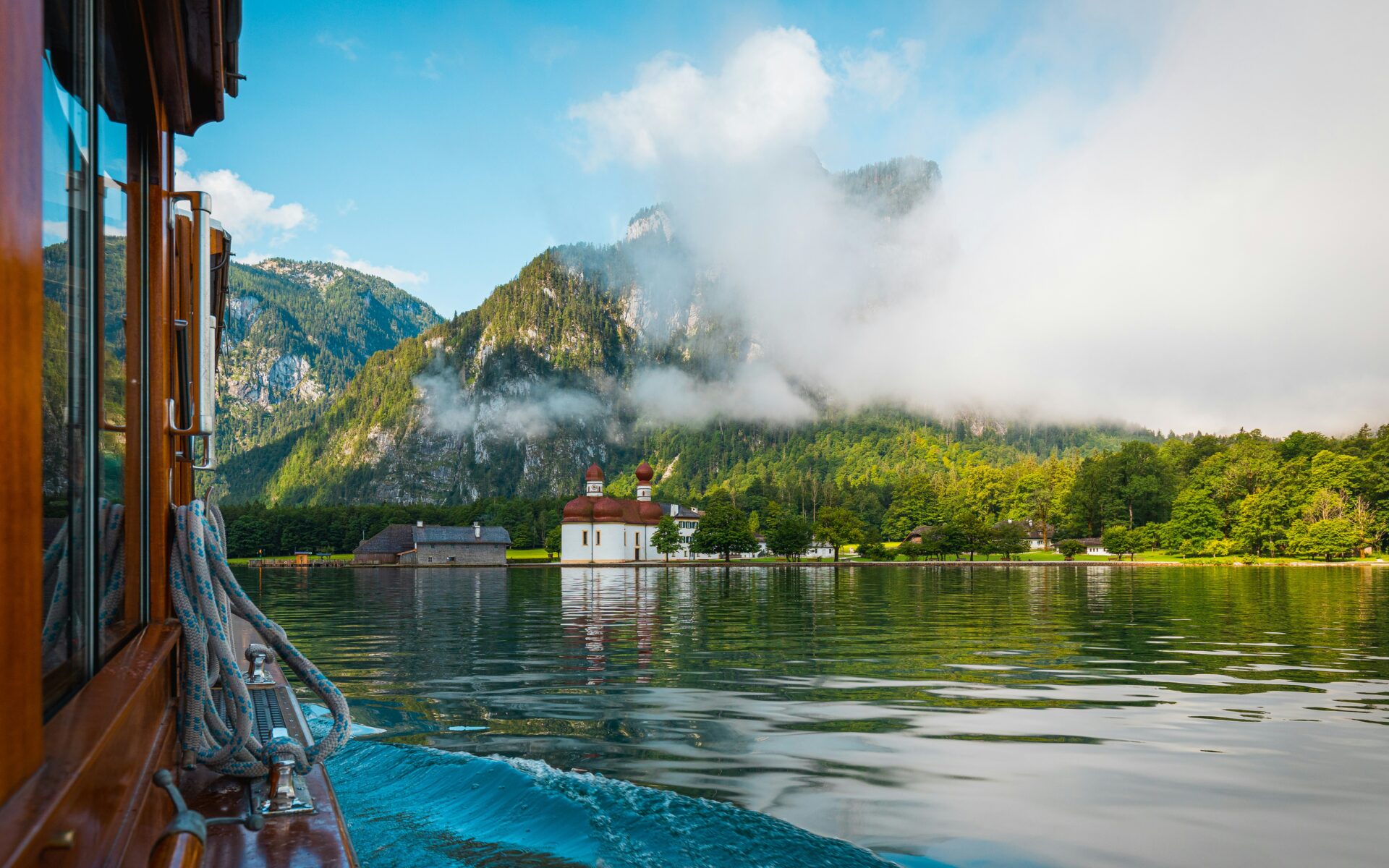
Hidden Gems: Obersee and Beyond
Obersee sits just beyond Königssee and feels even more remote. To get there, I follow a narrow path or continue by boat and foot.
The water’s surface is often completely still, like glass. I catch reflections of the Watzmann mountains here.
Not many tourists make it all the way, so I get to listen to nature without interruption. Steep walls, wildflowers, and the sound of Röthbachfall—Germany’s tallest waterfall—surround me.
This hidden valley is home to rare alpine flowers and quiet meadows where cows graze in summer.
Tips for visiting Obersee:
- Wear sturdy shoes for muddy paths.
- Bring snacks—there are no shops nearby.
- Try to visit early and catch the mist rising off the water.
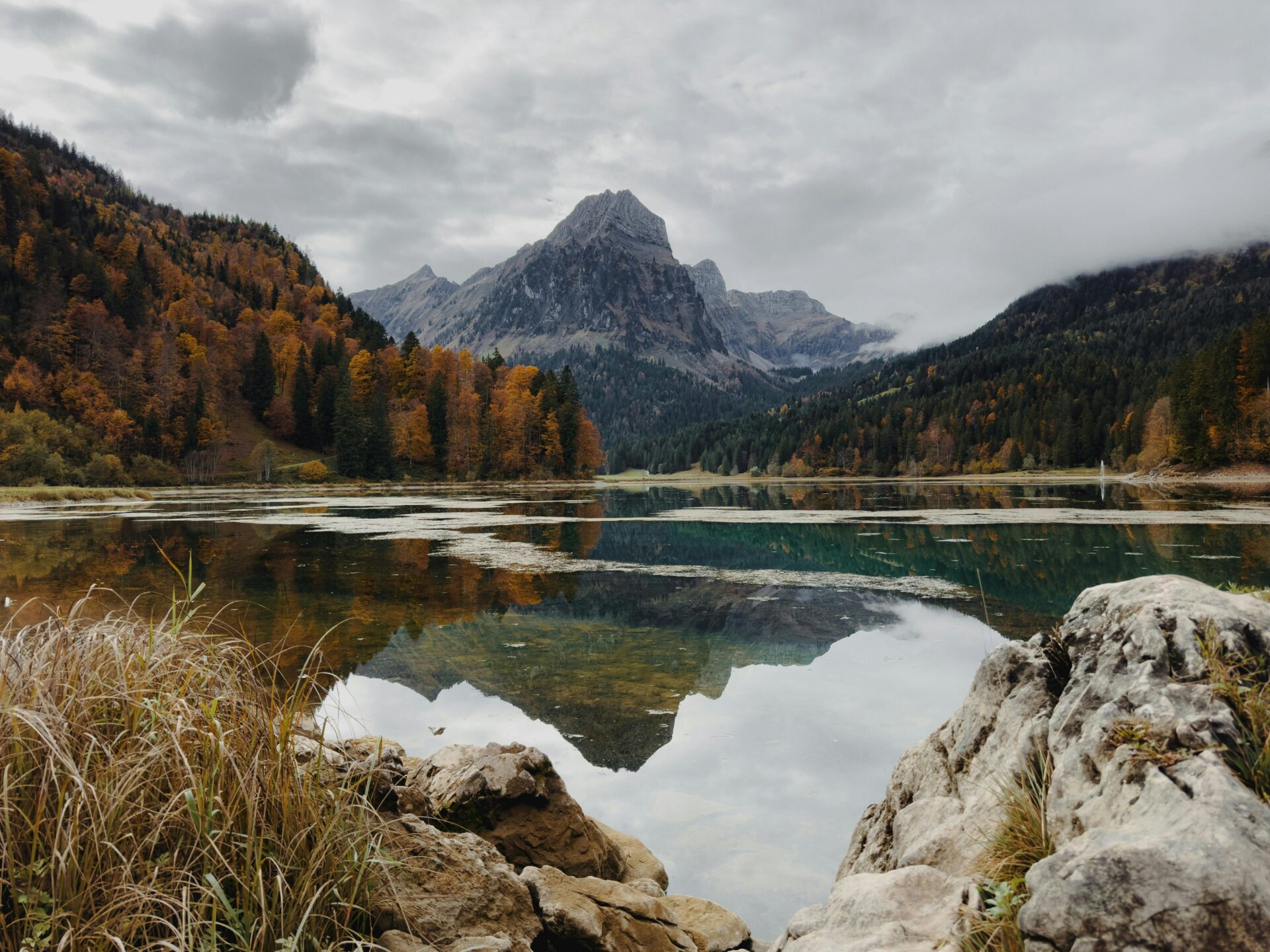
Wildlife Around the Alpine Waters
The lakes and their shores are alive with animals. In the early morning, I spot brown trout darting below the surface and sometimes catch golden eagles soaring overhead.
Mallards, herons, and other water birds hang out along the quieter banks. Red deer and chamois sometimes appear in the nearby forests, especially during cooler months.
The park manages the environment to keep habitats as wild as possible. That’s why they limit human activity in some places.
Patience pays off. With binoculars, I’ve even spotted otters on rare mornings.
The mix of wooded slopes, clear water, and wildflower meadows makes every wildlife encounter feel special. The careful balance between people and animals keeps Berchtesgaden’s natural world thriving.
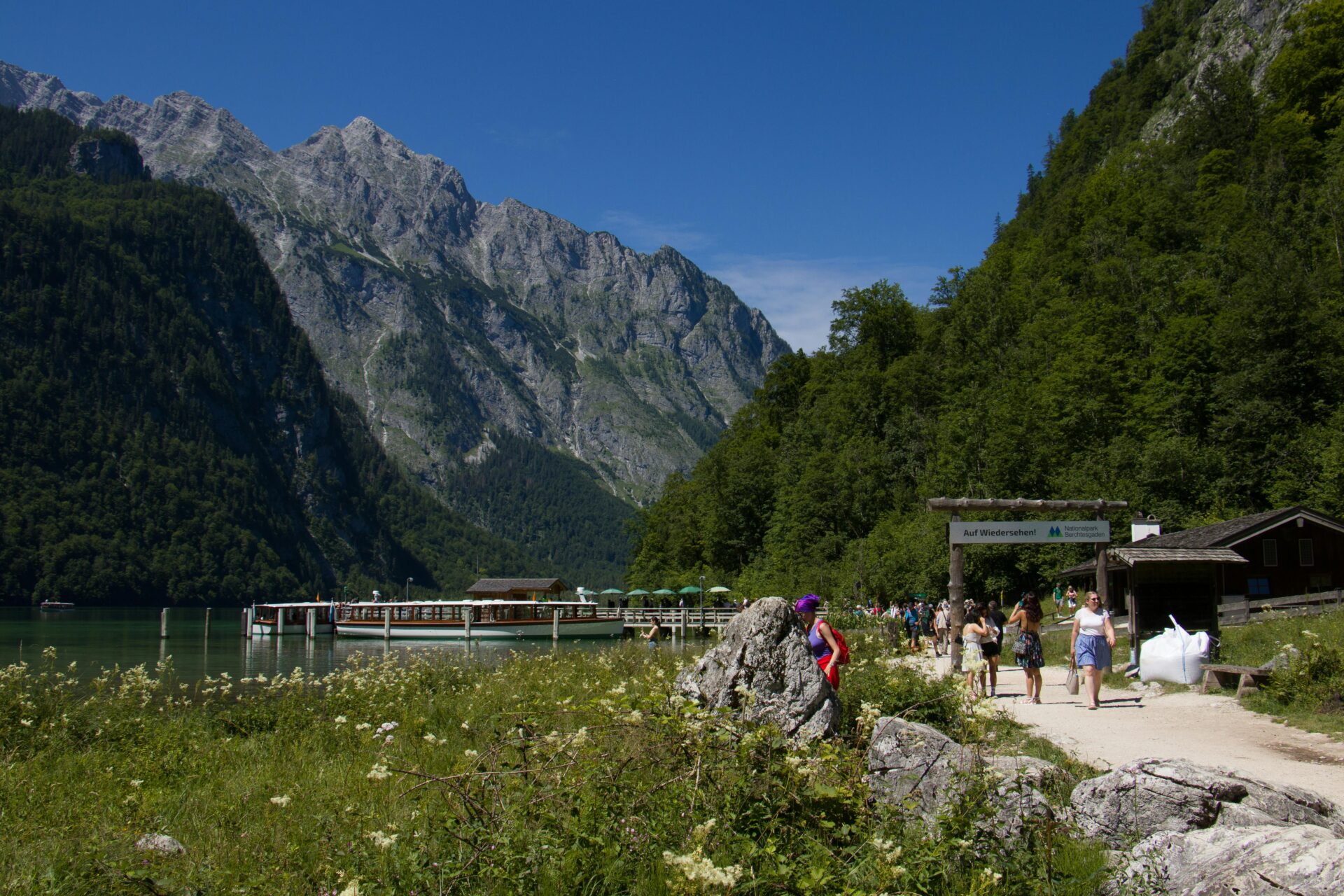
Soaring Peaks and Breathtaking Vistas
Jagged mountains, winding paths, and endless sky—Berchtesgaden National Park is all about high-altitude adventures and scenery that sticks in your memory. Legendary hikes and sunrise views make these peaks both challenging and beautiful.
Hiking the Watzmann: Legendary Trails
Watzmann is where I always start. It’s the park’s most iconic mountain, standing 2,713 meters (8,901 feet) high.
The Watzmann Traverse isn’t just a hike—it’s a real adventure. Physical endurance, careful navigation, and a bit of mountain storytelling come together here.
Steep inclines and narrow ridges test my limits. I follow red-and-white markers, like so many hikers before me.
Signs warn about the weather, so I always check my notes and pack carefully before heading out. I meet travelers from everywhere, some with wild stories about crossing this ridge.
When the clouds part, valleys below glow green, framed by snow-dusted rock. The peace at the Watzmann summit makes every step worth it.

Unforgettable Views From Jenner Mountain
Jenner Mountain is where I go for views that make my heart skip. I like to start early, catching the first cable car to the summit.
The ride up lets me watch the forest thin into rocky crags, and at the top, Königssee sparkles far below. Jenner has well-marked trails for every skill level.
There are gentle walks along the ridge and tougher climbs for more adventurous days. Trail maps are posted everywhere, which makes navigation easy.
For families or folks new to alpine hiking, Jenner feels welcoming and safe. At the summit, I usually pause to jot notes and sketches in my journal.
The broad vista takes in lakes, peaks, and even the lively bird migrations overhead during spring and fall.

Photographer’s Paradise: Sunrise and Sunset Spots
My favorite moments often happen when the light shifts—soft dawn or golden dusk. Sunrise on Watzmann or Jenner is just incredible.
I set my alarm early, hiking in the dark with a headlamp, hoping for skies bursting with pinks and golds.
Some of the best spots to catch these magical views:
| Spot | Best Time | Note |
|---|---|---|
| Watzmannhaus Hut | Sunrise | Views over rolling clouds |
| Jenner Summit | Sunset | Lake Königssee glows at dusk |
| Archenkanzel | Early morning | Quiet and less crowded |
I keep a travel journal, marking the best spots and times. Bird migrations seem to time their flights with the light, painting the sky as the sun dips low.
Every visit feels like a new chapter in my journey, with each photo telling a different story.

Bavarian Wilderness: Flora, Fauna, and Conservation Efforts
Berchtesgaden National Park shows off a living tapestry of alpine ecosystems. Rare animals and unique plants shape the spirit of this Bavarian landscape.
Careful conservation and striking seasonal changes keep this wilderness alive for both wildlife and wanderers like me.
Rare Species and Their Stories
One morning, I climbed a ridge and watched Alpine ibex balance on a rocky slope, their curved horns outlined against the mist. The ibex stands as a symbol of the park’s wild side—once nearly extinct, now slowly returning thanks to strict protections.
Three rare grasshopper species dart between the alpine grasslands:
- Red-footed snare-grasshopper
- Common alpine grasshopper
- Siberian club-winged grasshopper
These little guys are signs of healthy, untouched meadows. For birdwatchers, golden eagles and bearded vultures sometimes soar overhead, scanning the slopes.
Some of these animals suffered from habitat loss and persecution in the past. Today, park managers keep a close eye on their populations, and some are starting to recover.
I’ve found remnants of old yew-beech forests near Lake Königssee—a reminder of how shifting environments and evolution have shaped this place.

Conservation Initiatives Protecting the Park
Rangers lead programs all over the park. They ask visitors to stick to trails to protect delicate alpine plants.
I joined a hike with local guides who explained how the park uses signs, patrols, and education to remind us that every footstep matters.
Berchtesgaden National Park lets nature be nature. There’s no logging or hunting, and you can’t even pick wildflowers.
Scientists study the plants and wildlife, tracking how they change over time.
Conservation Initiatives Table:
| Initiative | Focus Area | Impact |
|---|---|---|
| Habitat Monitoring | Flora & fauna | Tracks rare species |
| Guided Environmental Education | Visitor awareness | Reduces disturbance |
| Strict Protection Rules | Entire environment | Allows natural evolution |
Local rangers team up with international groups, sharing research and tools for managing alpine challenges. Lessons learned here might help other wild places, too.

Seasonal Shifts and Alpine Ecology
Each visit reveals a different face of the park. In spring, snow melts and rivers swell with glacier run-off.
Wildflowers like alpine roses and gentians paint the valleys in blues and pinks. Summer brings longer days and more animal activity.
I’ve watched marmots sun themselves while chamois graze quietly on steep meadows. Autumn turns the forests gold and crimson, then winter covers everything in silence and snow.
These seasonal changes test every plant and animal. Only the well-adapted survive the freezing cold or sudden summer storms.
The balance in this alpine wilderness feels fragile—everything, from the tiniest grasshopper to the biggest ibex, depends on the resilience of the whole ecosystem.
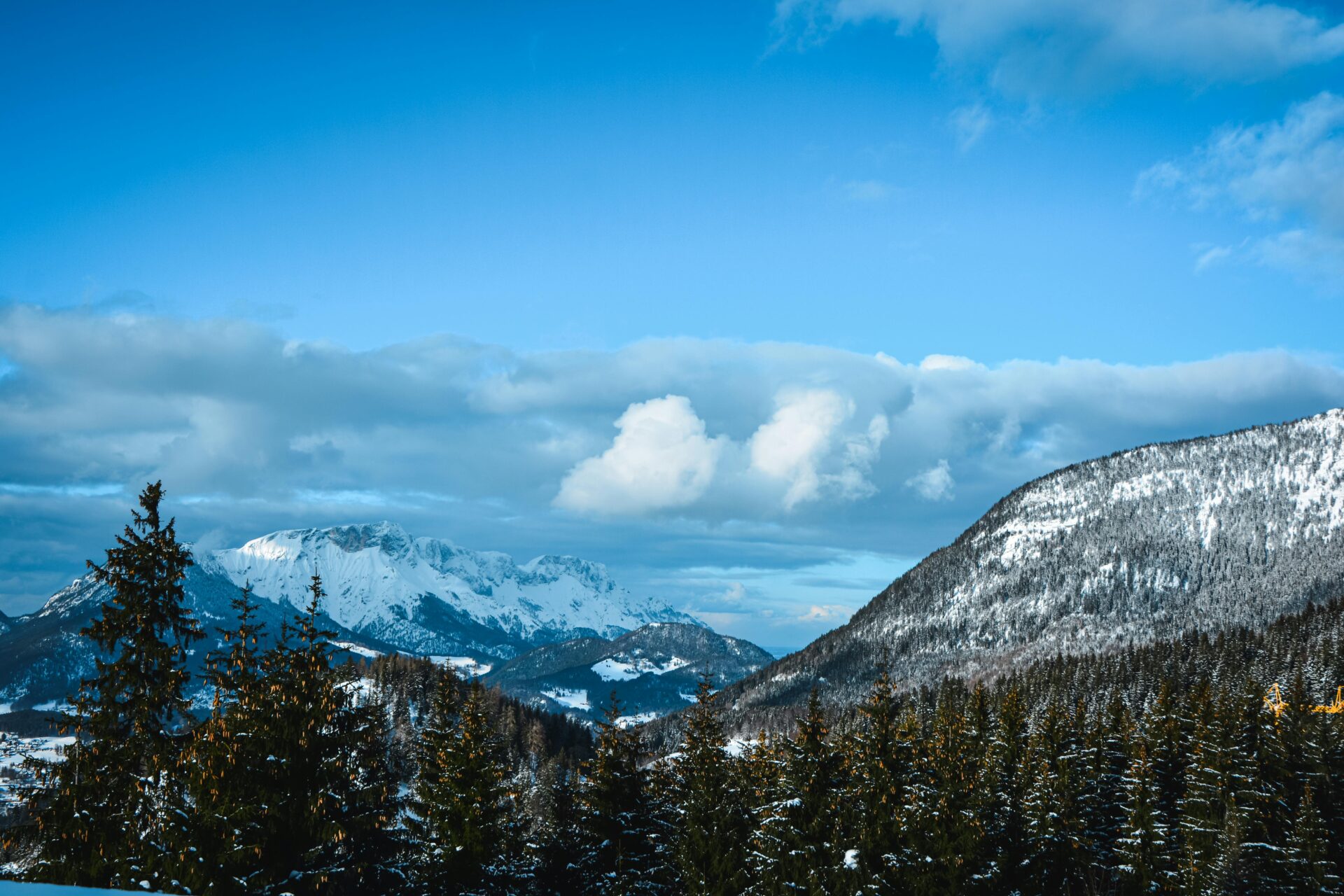
Experiencing Alpine Traditions and Local Culture
Bavarian life in Berchtesgaden is full of tradition, shaped by breathtaking mountains and strong community ties. Meeting local people, joining celebrations, and visiting historic places helped me understand the region’s spirit and warmth.
Bavarian Hospitality in Mountain Villages
As I wandered through Berchtesgaden’s mountain villages, I felt the friendliness right away. Locals greeted me with “Grüß Gott,” a simple but heartfelt welcome.
Family-run guesthouses and cafés line the narrow streets, serving homemade bread, cheese, and mountain herb teas. Autumn brings the Almabtrieb, when cows wear flowers and bells for a parade down from summer pastures.
I watched villagers in traditional Dirndl and Lederhosen, keeping old customs alive. Festivals give neighbors a chance to reconnect, share stories, and enjoy Bavarian folk music together.
People here often chat face-to-face—quick smiles, lively talks at the bakery, or sharing stories by letter with loved ones in other valleys. This closeness, woven into daily life, made me feel part of something real.
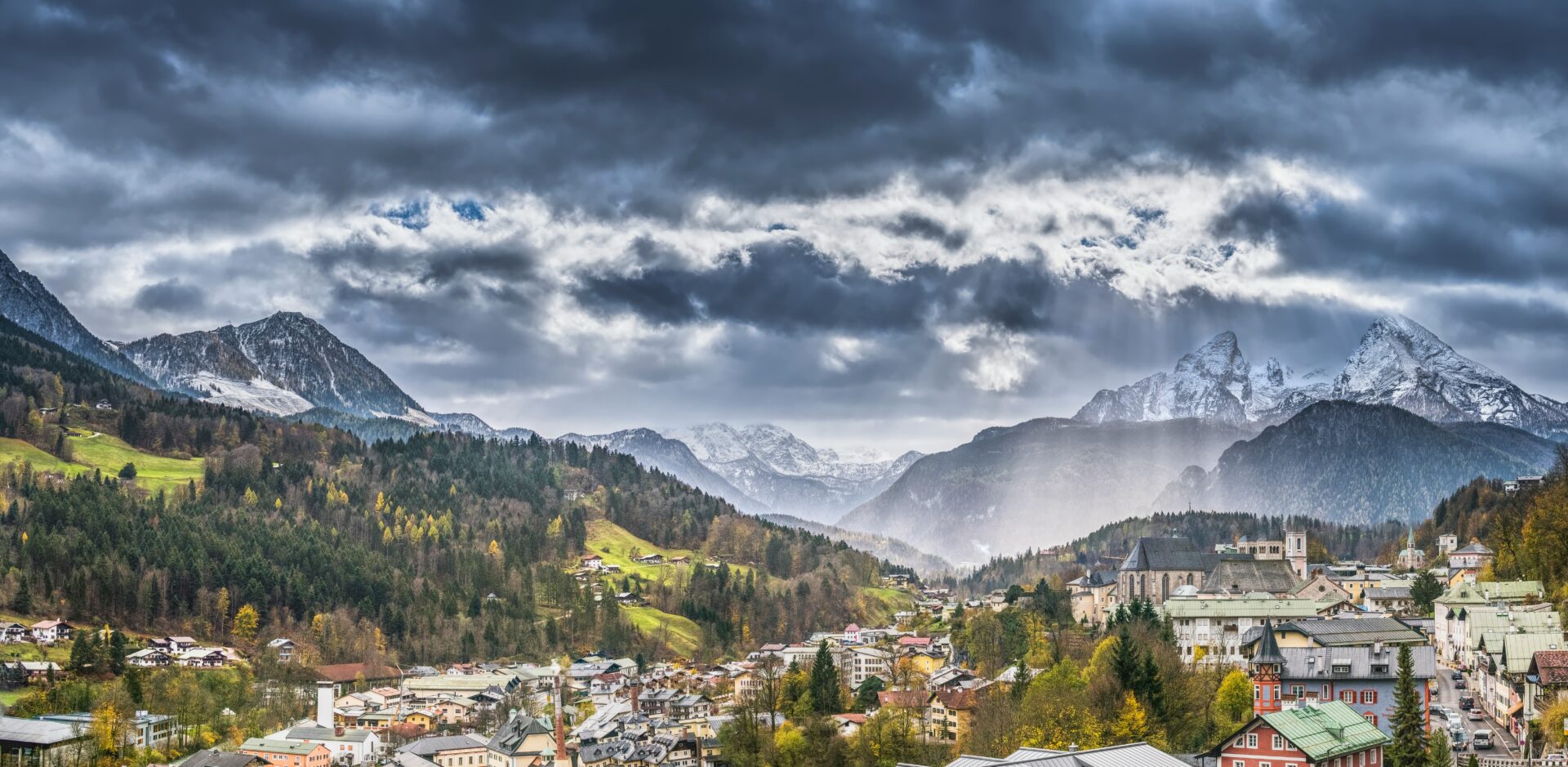
Spiritual Sites and Cultural Heritage
The spiritual side of Berchtesgaden shines through its historic churches and peaceful chapels tucked near lakes and forests. St. Bartholomew’s Church, with those red onion domes, sits right on Lake Königssee’s shore, surrounded by towering peaks.
Its quiet beauty invites reflection, and I spent time here writing letters home and soaking in the atmosphere.
Many sites blend faith and tradition. Local villagers keep centuries-old shrines tidy, often leaving flowers as silent prayers.
The sound of church bells fills the valleys, reminding everyone of the deep-rooted spirituality that shapes daily life.
Learning about these customs—listening to folk tales or reading about local events in village archives—added real depth to my visit. Respect for both the land and faith creates a powerful sense of connection, making every encounter here meaningful.

Unforgettable Adventures: Activities and Personal Journeys
I met local guides, kept a journal of wildlife sightings, and planned a personal crusade through the Bavarian wilderness. All of that shaped my own journey in Berchtesgaden National Park.
Each adventure gave me a new way to see, touch, and experience the heart of the Alps.
Guided Tours: Discovering Park Secrets
I joined a guided tour to uncover hidden corners of Berchtesgaden National Park. Local experts led small groups to iconic sites like Lake Königssee and the Church of St. Bartholomä, sharing stories I never would have found in a book.
Many tours showed off trails that only park rangers and longtime hikers seemed to know. One highlight? A boat trip across the emerald waters of Königssee, where the echoes and legends felt almost alive.
Listening to guides talk about the park’s past, I felt connected to every peak and valley. Some tours focus on special interests—like botany walks in flower-filled meadows or climbing expeditions to the summit of Watzmann.
I scribbled down tips and knowledge in my travel journal. Tour groups brought safety too, which really matters when the alpine weather turns wild.
Tip table:
| Tour Type | Highlights |
|---|---|
| Boat Tour | Königssee, echo wall |
| Historical Walking | Obersalzberg, WWII sites |
| Summit Hikes | Watzmann, Jenner peaks |

Wildlife Watching and Natural Encounters
Berchtesgaden National Park bursts with a surprising variety of animals. On early morning walks, I spotted chamois balancing on rocky ledges and golden eagles soaring above pine forests.
The thrill of seeing red deer at sunset? I quickly added that to my journal of unforgettable moments.
The park’s huge protected area lets wildlife thrive. Spring and summer bring fresh greens for marmots and mountain goats.
In winter, I’d look for animal tracks in the snow. From hidden trails, I paused, listening for the soft calls of nutcrackers or the quiet movement of a fox.
I tried to respect nature’s rules. I kept a safe distance from wildlife and stuck to marked paths to avoid disturbing sensitive habitats.
Rangers I met offered advice on the best observation points. That made every wildlife crusade feel both rewarding and responsible.

Planning Your Own Crusade Through the Wilderness
Charting my own path felt like an adventure worth writing about. I started by picking trails that matched my comfort level.
Easy lakeside walks—like the one around Hintersee—let me relax and soak in those postcard views. When I wanted more of a challenge, I picked the climb to the Eiskapelle, a mysterious ice cave at Watzmann’s foot.
Packing wisely really mattered. I brought a map, rain gear, plenty of water, and a small notebook to log my journey.
Sometimes I’d just sit by a glacial stream or under a twisted pine, letting myself reflect on the day. Even when I hiked solo, I never felt alone.
Friendly hikers, clear signposts, and waypoints reminded me that every adventure in Berchtesgaden is both a personal crusade and part of a much larger alpine story.
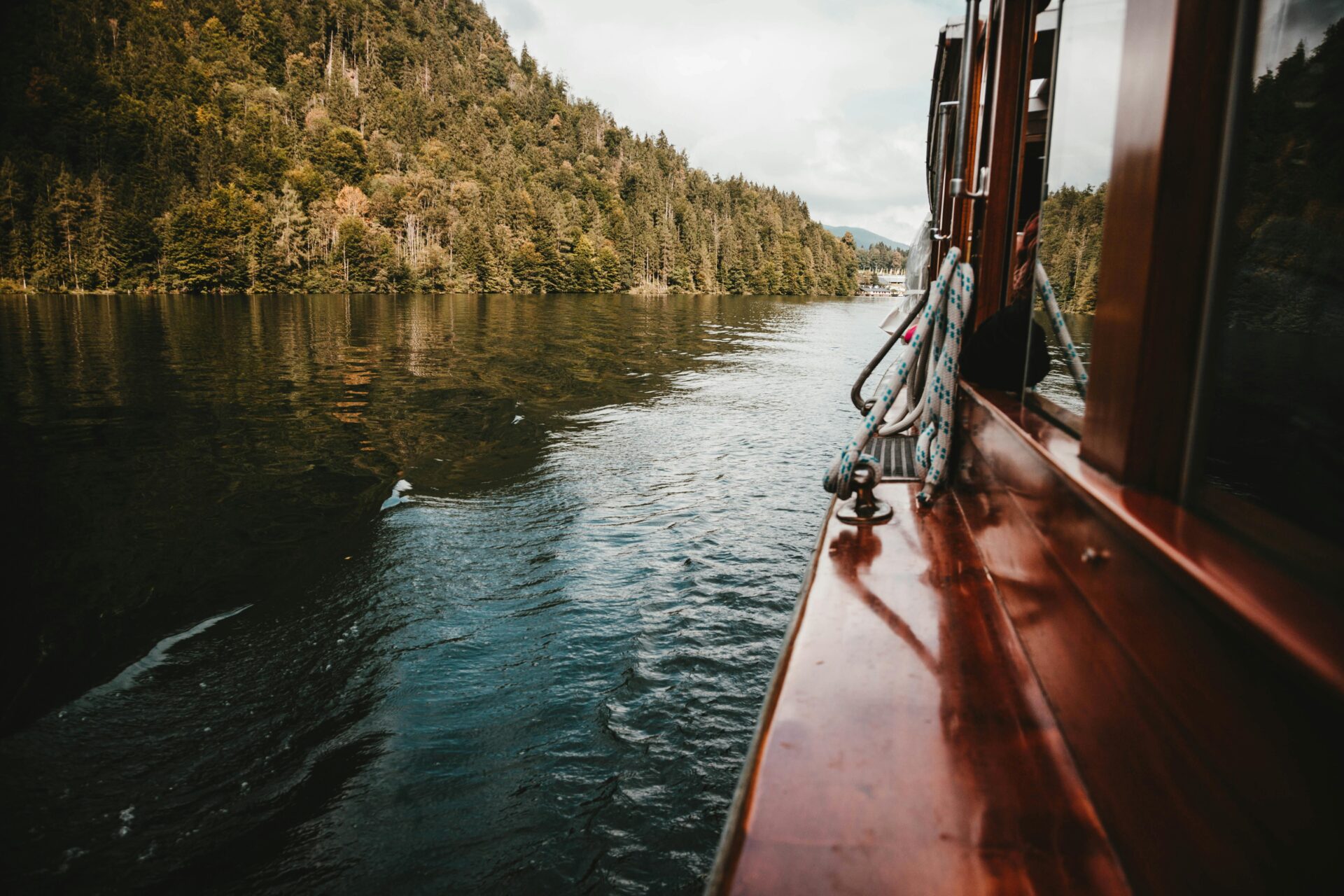
Connections Beyond the Alps: Inspirations and Scenic Routes
Berchtesgaden’s natural wonders do more than inspire awe—they connect to a whole world of scenic routes and historic journeys.
I’ve spent time exploring how these Alpine landscapes compare with other famous routes, ancient paths, and today’s travel gateways.
Comparing Alpine Beauty to the Ring of Kerry and Loire Valley
The Berchtesgaden Alps often remind me of the rolling hills and cliffs along Ireland’s Ring of Kerry. Both regions offer dramatic views and unpredictable weather that brings each turn of the road to life.
When mist swirls around Königssee, I can’t help but think of foggy mornings by the Atlantic coast in County Kerry.
The Loire Valley in France, with its winding river and castles, has a different kind of energy. There, history almost feels staged among vineyards and stone villages.
In Berchtesgaden, history feels wilder—shaped by glaciers and forests, not royal courts and wine-making.
Yet, all three places share something special. They offer a mix of ancient landforms, rich traditions, and scenic routes that are a joy to explore.
Here’s a side-by-side glance:
| Region | Highlights | Main Appeal |
|---|---|---|
| Berchtesgaden | Emerald lakes, soaring peaks | Pristine nature, hiking |
| Ring of Kerry | Coastal cliffs, green hills | Ocean views, culture |
| Loire Valley | River bends, grand châteaux | History, vineyards |
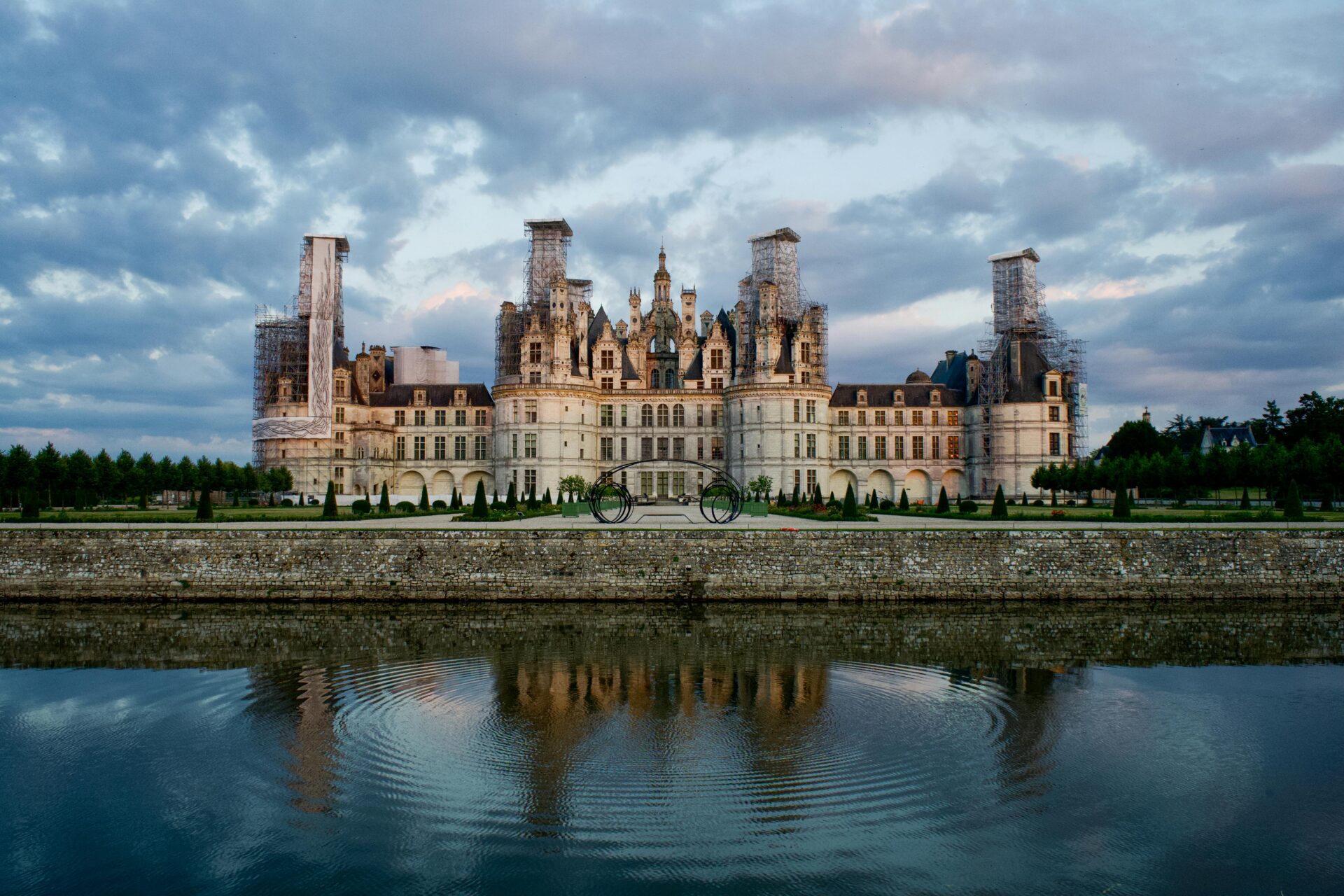
Ancient Travel Routes: From Constantinople to Danube
Long before modern roads, people crossed Europe by following rivers and ancient trails. The Danube stands out as one of Europe’s main arteries, linking traders, pilgrims, and armies from the Black Forest to the Black Sea.
Sometimes, when I stand above Lake Hintersee, I imagine what it felt like for travelers heading north from Constantinople, tracing the long bend of the Danube.
These routes brought ideas, goods, and language shifts that shaped the region. In Berchtesgaden, I still spot hints of old traditions—like alpine lodges or trails that wind into Austria.
Hiking here, I feel like I’m walking in the footsteps of countless others, each drawn by the call of the mountains or by a need to cross them.
It’s a humbling thought. The Alps have always been a crossroads—both a barrier and a bridge in Europe’s journeys.
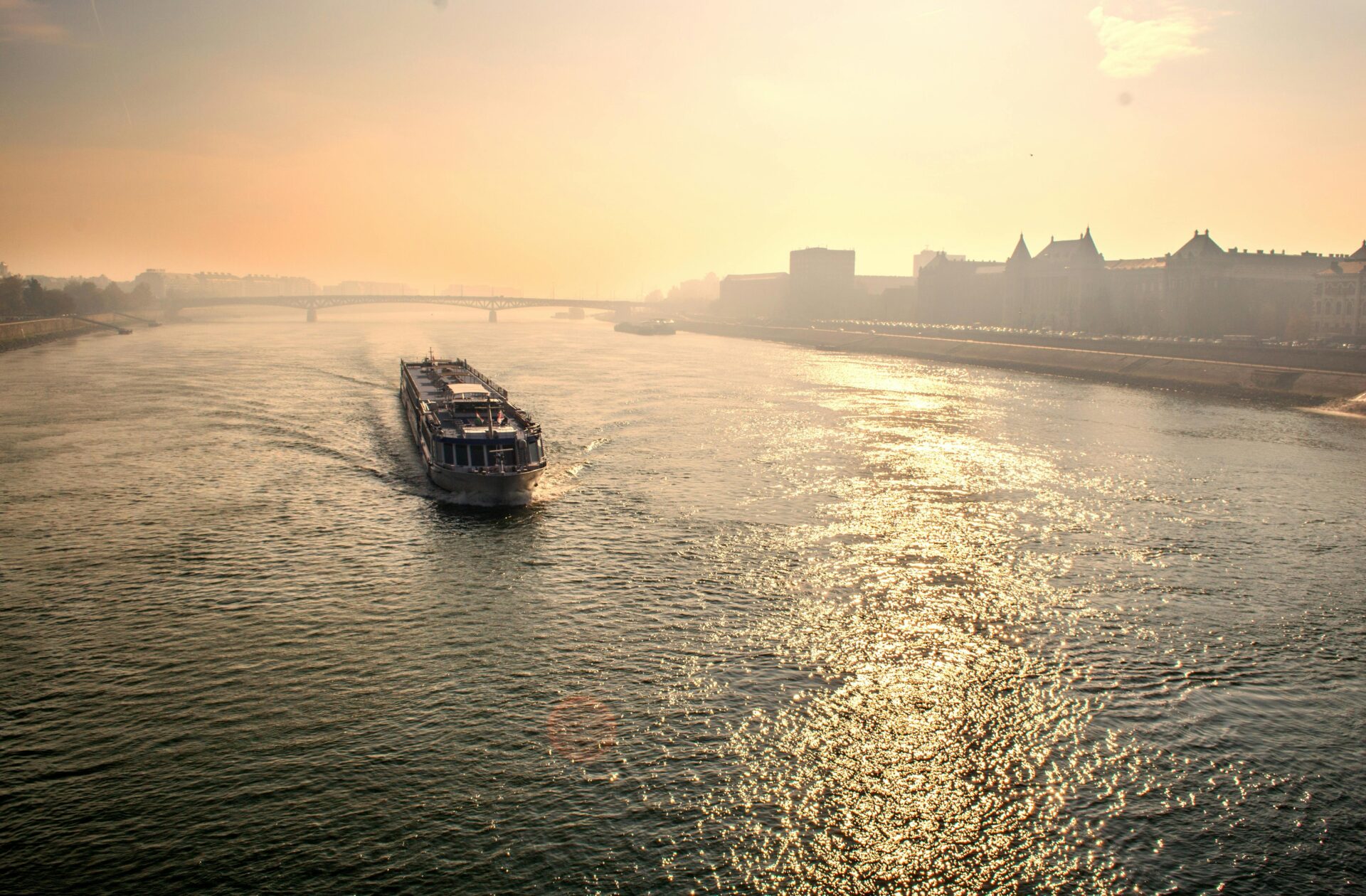
Modern Navigation: Hook of Holland and Other Pathways
Journeys nowadays don’t quite feel like the old adventures, but there’s still a bit of that spark left. The Hook of Holland stands out to me—it’s a lively European ferry port that links the Netherlands with England and other places.
From there, you can pretty much head south into Germany and eventually end up in the Berchtesgaden Alps. GPS and train lines make getting around ridiculously easy these days.
I usually pull up an online map and figure out my route, mixing in some classic drives and train rides for a more relaxed trip. Sometimes I’ll rent a bike or hop on a guided bus tour—those options let you see the countryside in a whole new way, especially along those winding roads through forests and around quiet lakes.
When I went to Berchtesgaden, I started out on big highways but soon found myself on tiny roads full of switchbacks. Cowbells echoed through the valleys, which was honestly kind of magical.
Every trip reminds me how even the most tucked-away places feel connected now. Still, that feeling of discovering something new? It somehow never gets old.

